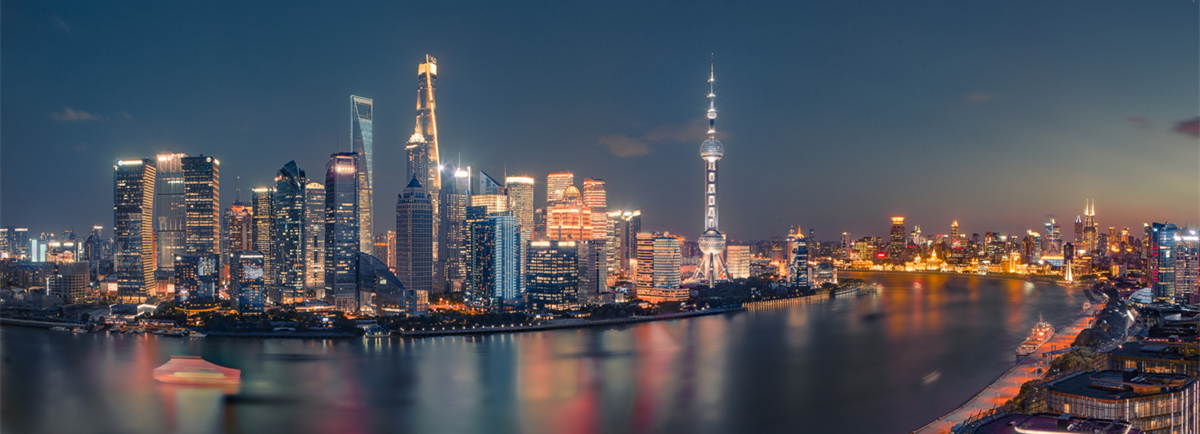Wang Zhan: Why “Pudong New Area” instead of “Pudong Special Economic Zone”?
Wang Zhan, Chairman of Shanghai Federation of Social Science Associations

“Pudong's development and opening up has been a success for three basic reasons: unswerving adherence to the guideline of ‘seeking truth from facts and emancipating the mind,' thorough insistence in serving the national strategic requirements, and constant emphasis on the opening up and reform-driven innovation,” said Wang Zhan, in his speech marking the 30th anniversary of Pudong's development and opening up. Looking back, he mentioned the designation of Pudong as "New Area" rather than "Special Economic Zone."
When Pudong was decided as the theatre of a development and opening up campaign, there was a problem of designation. By then, there were already five "special economic zones" in Shenzhen, Zhuhai, Shantou, Xiamen and Hainan respectively. Should Pudong be a mere another Special Economic Zone?
“Later we figured it out that Pudong would not be a Special Economic Zone; instead, it would be a ‘New Area,’” said Wang Zhan, a former Director of the Development Research Center subordinate to Shanghai Municipal Government, who had participated in the formulation of all the long-term development plans and major reform projects in Shanghai since the 1980s. “The New Area differs from the Special Economic Zones in that the later emphasize resources absorption, like a nuclear fusion, while Pudong would function more like a nuclear fission, which should release tremendous energy.” The designation of “New Area” was a decision based on a matter-of-fact judgment of the national and market conditions and needs at that time.
The name difference had its practical implications: Pudong’s development and opening up would not rely on special policies granted by the state. “Pudong would adopt new ideas, new concepts and new development methods. It would take full advantages of the country’s socialist system. Without changes in the public ownership of land, Pudong worked out new land-use policies: the use rights of state-owned and collective-owned land were now transferrable at market prices. Consequently that expansive farmland three decades ago has become one of the most beautiful urban areas in the world,” said Wang Zhan.
Pudong has always adhered to the “dual-deck innovation” policy consisting of both functional and technological innovation, in which the functional innovation runs throughout the entire course of its development. For instance, Shanghai has pushed for its construction as “five centers,” and in correspondence to the “five centers” objective, Pudong has divide itself into five functional areas, Lujiazui for the financial center, Waigaoqiao for the trade center, Zhangjiang for the science and technology center, and Yangshan Port and Pudong Airport for the shipping center. The development of Pudong cannot be achieved without technological innovation. “The first made-in-China chip was made in Pudong. Pudong then developed its own ‘Silicon Valley’ and ‘Medicine Valley.’ Pudong is the site for manufacturing China’s own large passenger aircraft, for mega-scientific devices, for the construction of Zhangjiang Science City. Pudong’s opening up and reform has always been innovation-driven.”
Over the past three decades (1990-2020), Pudong New Area has acquired many new designations: the National Comprehensive Supporting Reform Pilot Zone, China (Shanghai) Pilot Free Trade Zone, the New Free Trade Zone. All of the names each represent a new experiment for China’s reform and opening since the end of then1980s. Pudong is China’s critical “laboratory” where all those experiments have been conducted successfully and then introduced gradually to all parts of the country.

